The clay was made into a variety of products.
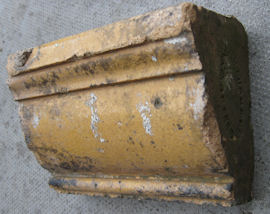
|
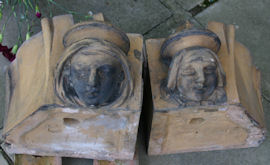
|
This is a real piece of terracotta from a building. It was found in a salvage yard. Architectural terracotta was a major product that bought them prestige. |
This pair of window stops in the form of heads were rescued from a building that was being demolished. They later were cut down and integrated into a new build. |
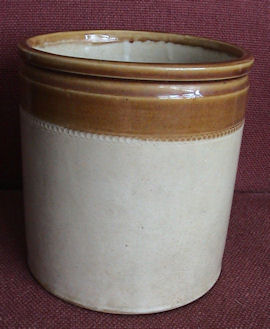
|
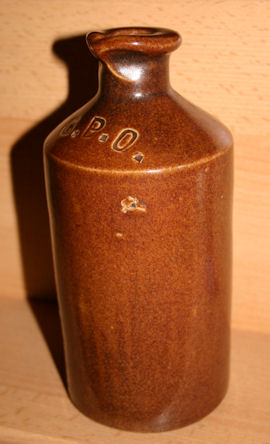 |
This canister could have been filled with food at a factory. Some had writing on them saying what was inside. |
This ink jug is stamped G.P.O. This stood for General Post Office. It would have been something needed by most offices. |
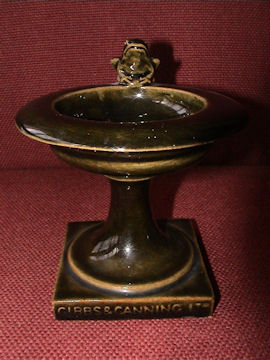 |
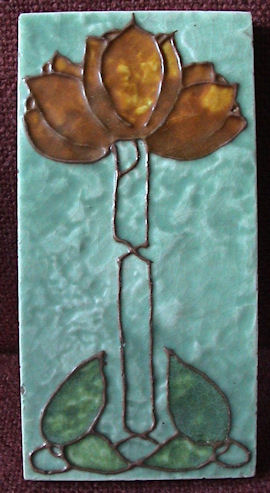 |
These tiny bird baths were made in a variety of colours to show of the variety of finishes the company could do. |
Although not stamped this was sold with a lot of Gibbs and Canning items, and was said to be by the firm. |
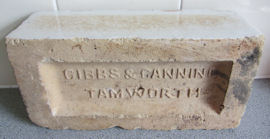 |
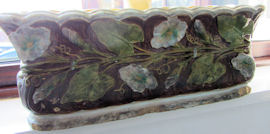 |
This white glazed brick was most likely used for a butcher's shop in Sutton Coldfield. These bricks were one of the things G & C most frequently described in their advertisements. |
This is another example of a garden ornament. It is unusually finished in majolica. This is not unique for Gibbs and Canning, but quite unusual. |
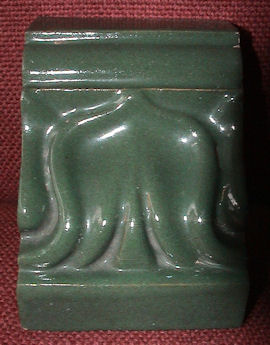 |
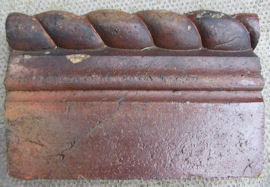 |
This moulded edging seems to be for internal use with tiles. |
The firm produced many garden items. This rope edging would define a border or lawn. |
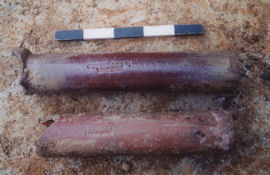 |
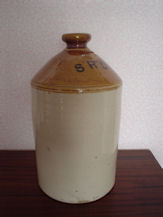 |
| These pipes were discovered in an excavation in Australia. |
This jar was found during the excavation of a WWI trench in Boezinge Industrial Estate, Belgium. It is very heavy. Many companies made similar jars, and there is much discussion about what SRD stood for. |
You can see more links to other people's Gibbs and Canning information and pictures on my Pinterest Board
If you have any relevant information I would be very pleased to receive it.
Please E-mail me - angellastreluk@cirrus.me.uk











